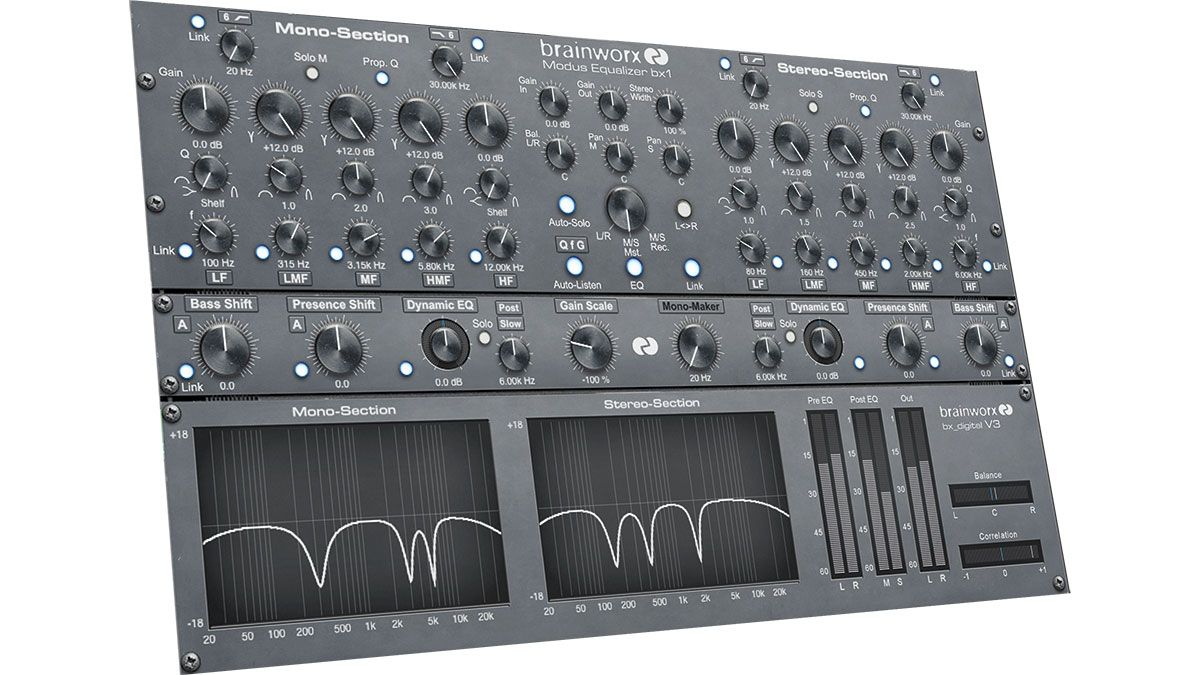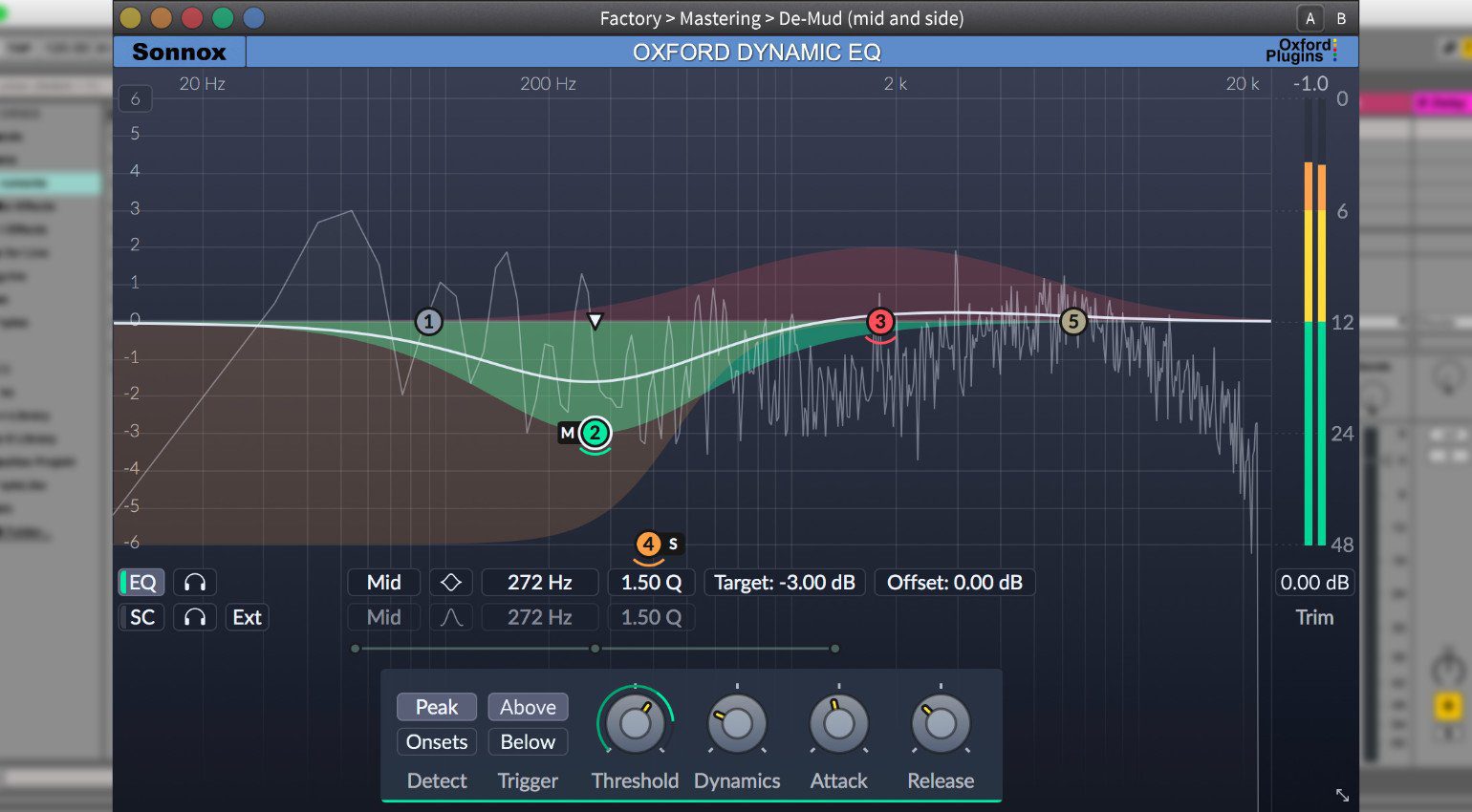


If steeper filters are used to provide greater precision, phase shift at the crossover points increases. Multi-band processors typically afford less precise frequency adjustment than a parametric equaliser. The band-limiting can be achieved using linear-phase filters, however these incur high latency and can degrade transient response at lower frequencies. When the band-limited signals are combined to reconstruct the input signal, a static phase shift is present at their cross-over point. This reconstruction approach has some downsides: Static phase shift Multi-band compressor/expanders apply their gain reduction directly to each filtered signal, then combine them to reconstruct the original wide-band input signal. Each path is filtered to restrict its frequency range, then sent into a compressor or expander.Ī dynamic EQ applies the gain reduction/expansion to the gain parameter of a parametric equaliser which processes the original input signal. They both split the input signal into multiple parallel paths. Multi-band compressors/expanders and dynamic EQs work in a similar way. Typical multi-band dynamics processors work to some extent, but with inconvenient downsides. Automation is only convenient when the spectral changes occur over a long period of time, and aren't repetitive. The two most common solutions are automation and multi-band dynamics processing. This is often undesirable! For example, a presence boost which was appropriate during one section of a performance may become harsh during another section. However, the equalisation applied is usually static - it remains the same over time. Equalisation is the audio engineer's most widely used processing tool.


 0 kommentar(er)
0 kommentar(er)
